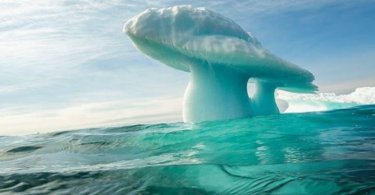
Advertisements
A windswept rock emerges from the Atlantic Ocean, waves battering it from every angle. This is Iceland... but only just. The mainland is a hazy blur way off in the distance, and the only inkling of human activity here is a single, solitary house. It’s a home so remote, so incredibly isolated, that it’s known as the “loneliest house in the world.” And if that’s not unsettling enough, it has a dark history. After all, why would anybody build something so far from civilization if they didn’t have sinister intentions?
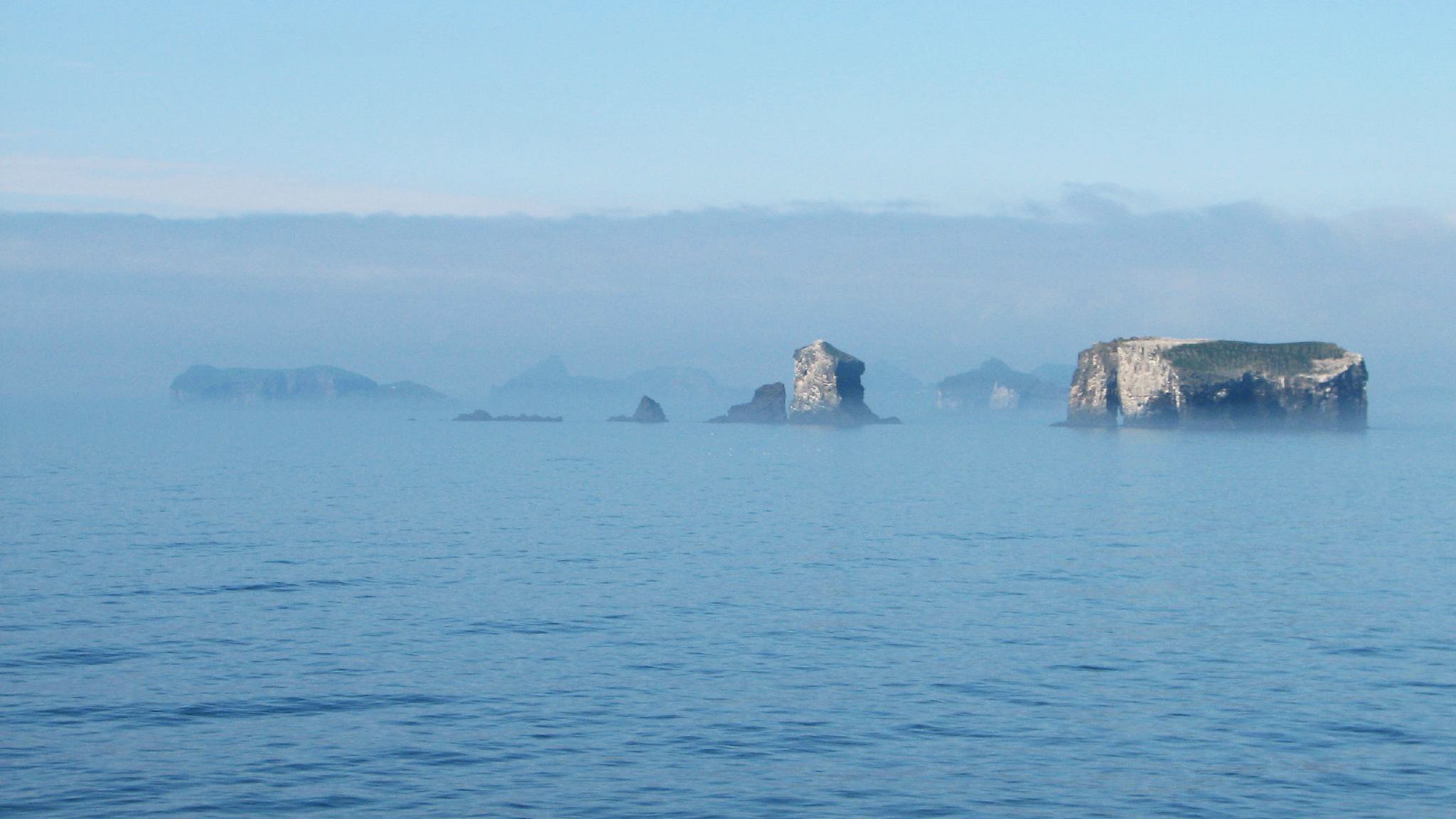
Well, if you wanted to do bad things and get away with them, there are certainly no cops on this tiny islet. It’s called Elliðaey, and it’s part of Iceland’s Vestmannaeyjar archipelago. And of the 45 pieces of land that make up the archipelago, apparently only one – a place called Heimaey – is settled by people all year round. That makes the existence of a house on Elliðaey pretty strange. You’d assume you could just buy a property in Heimaey.
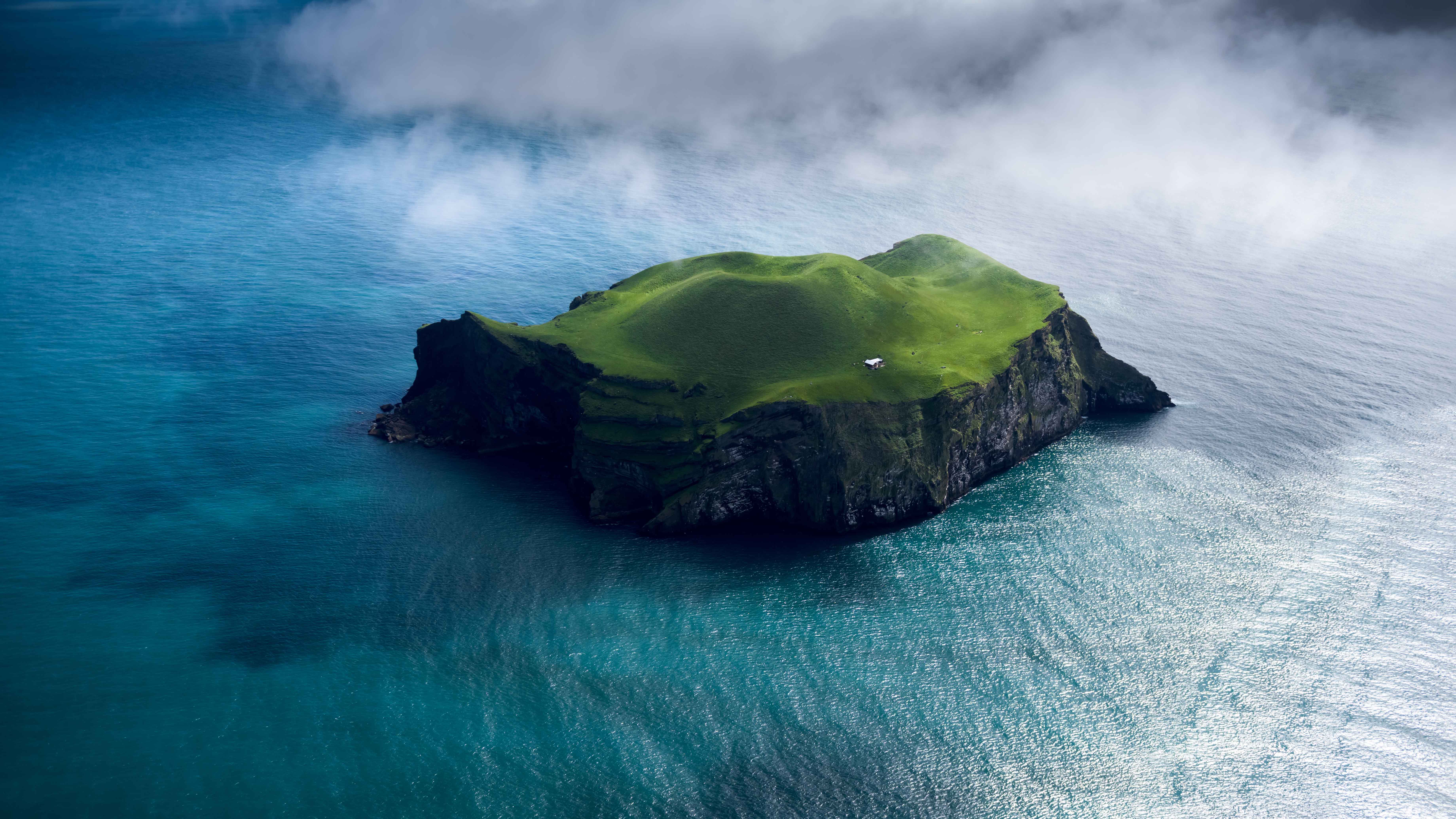
But the house exists alright, and it’s quite the sight – a completely unexpected structure on an otherwise unblemished island. Elliðaey is just an isolated dot of land in an ocean wilderness, completely untouched by roads or power cables. In fact, the residence itself is the only obvious sign that human beings have ever stepped foot there.
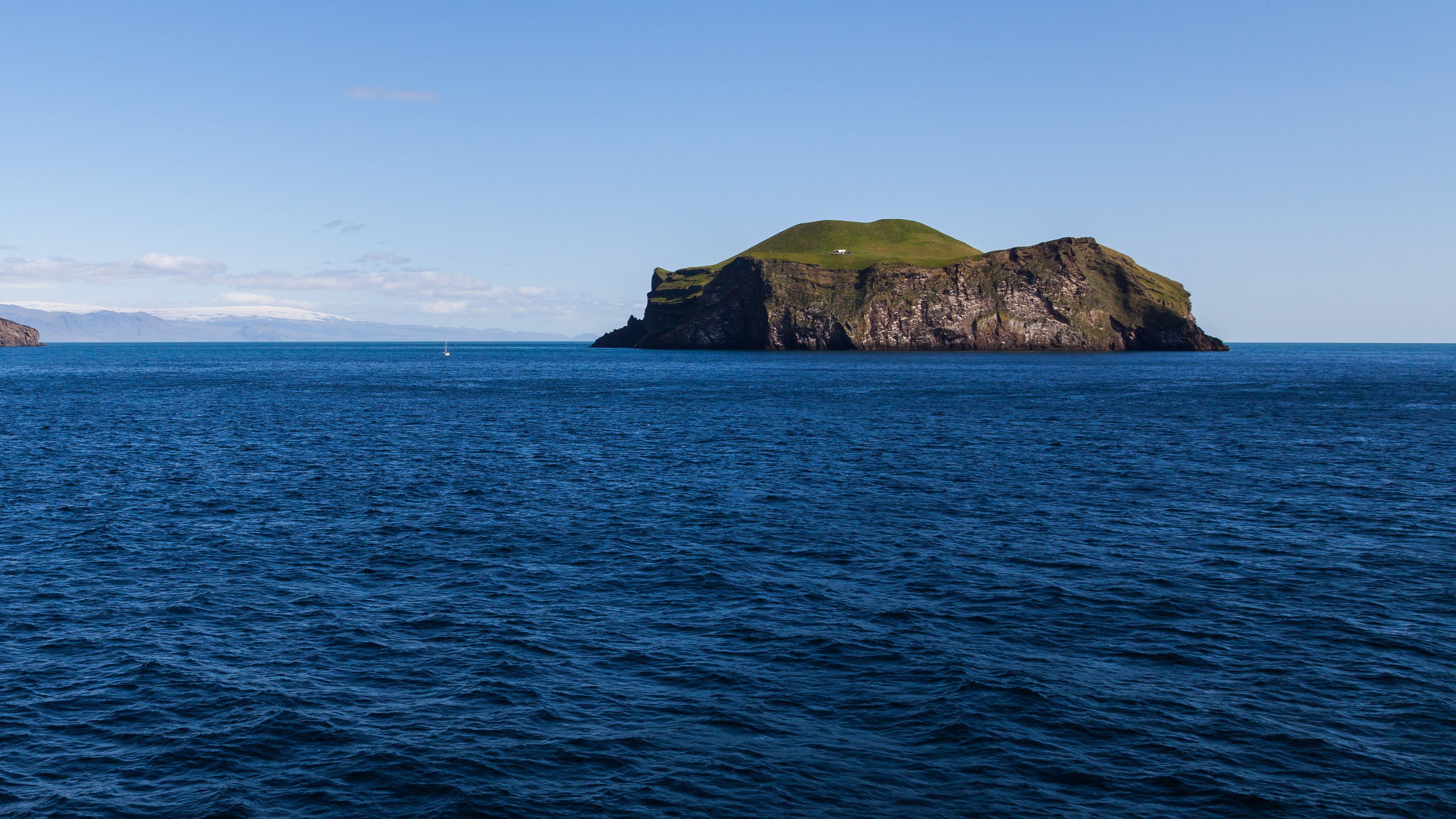
Who was this person or group of people, though? And why exactly did they seek out such a remote – and, let’s face it, pretty bleak – place to build a house? Well, plenty of folks have pondered this question over the years. And as you may already have guessed, there have been some really wild theories.
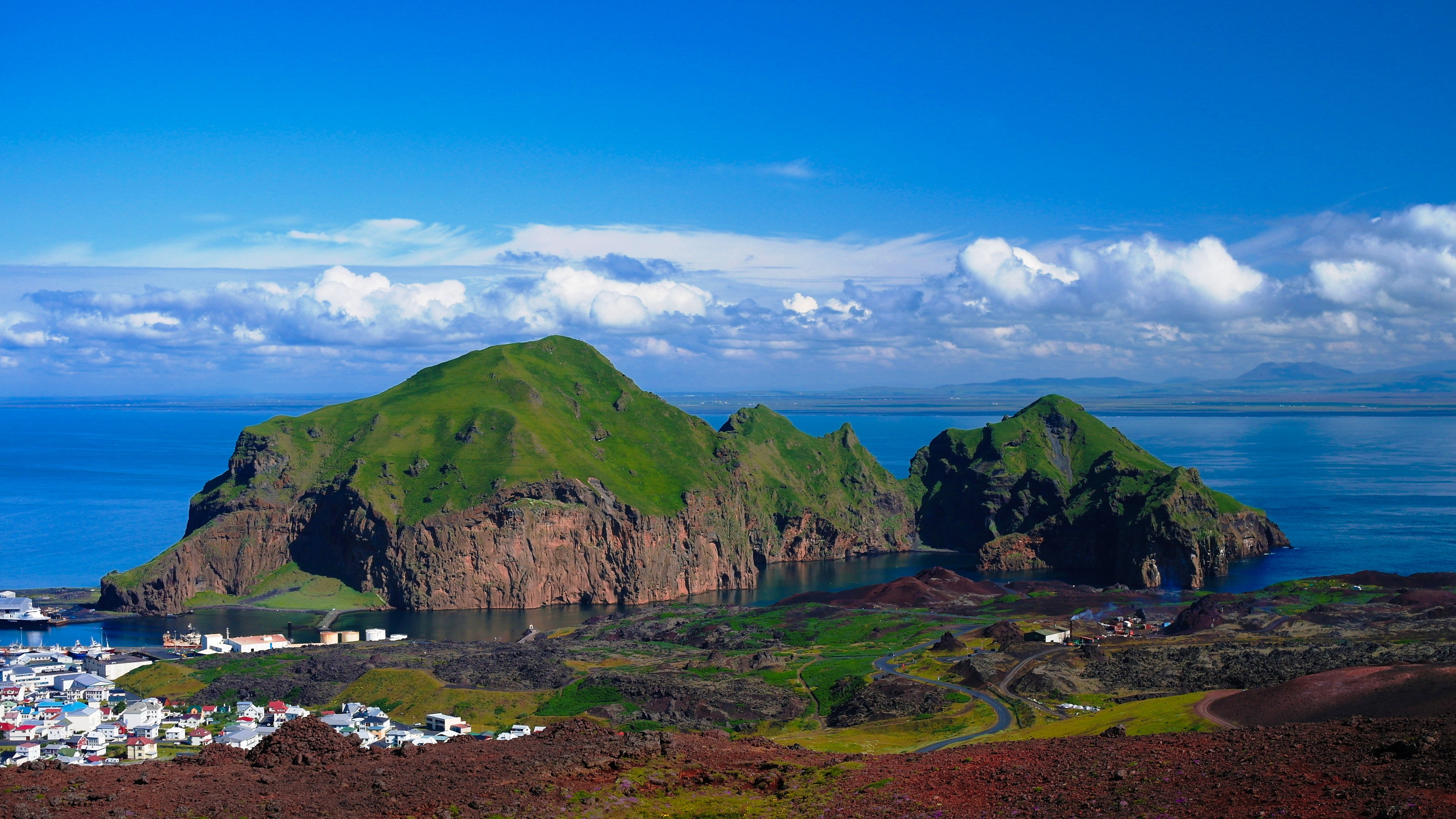
Stories involving everything from pop stars to zombies have been told to account for the enigmatic house on Elliðaey. Yes, you read that right. But do any of these eccentric tales ring true? Maybe. You see, both the island and the wider Vestmannaeyjar archipelago have an interesting history that’s worth telling.
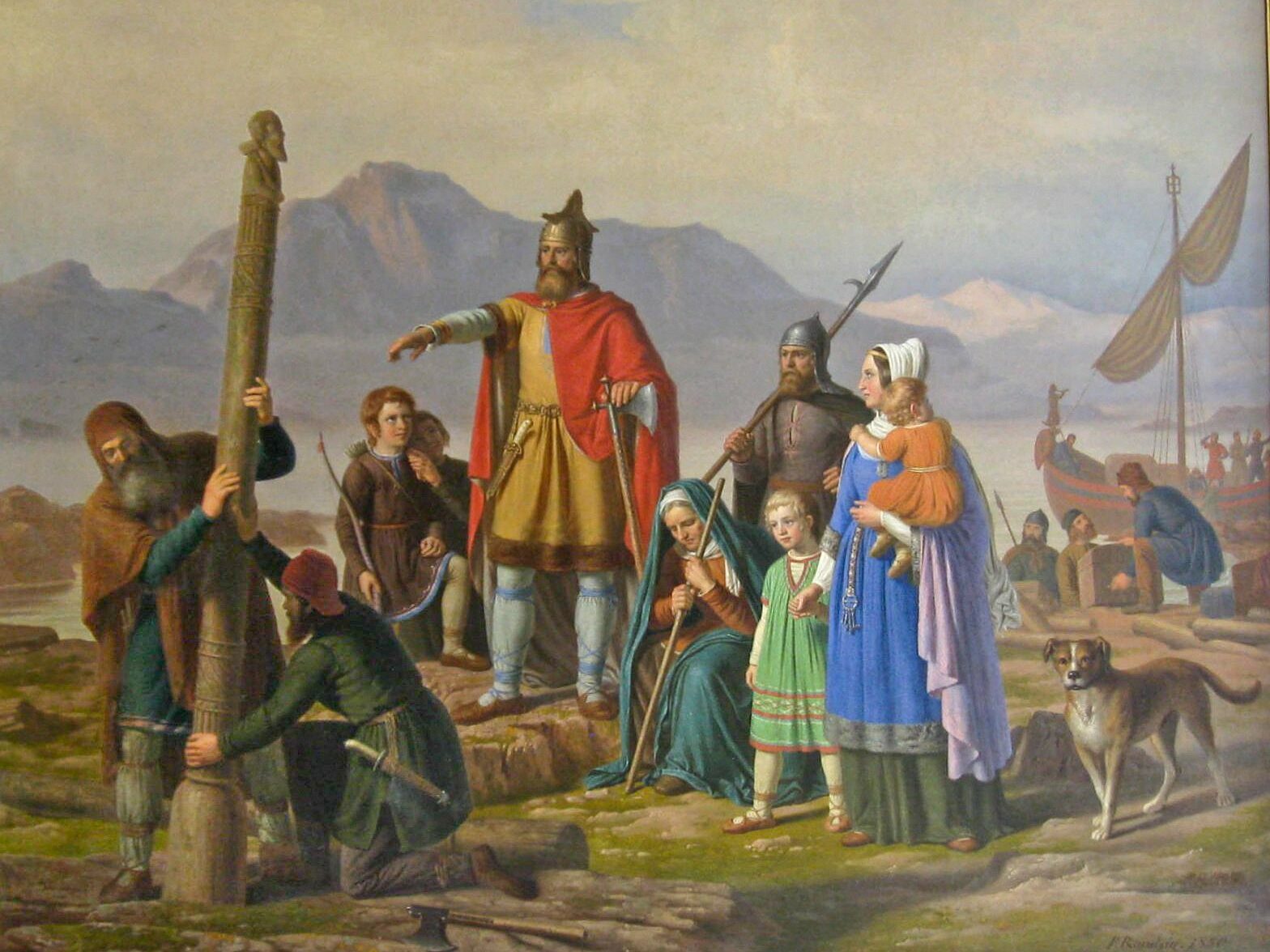
For one, the Westman Islands – as the archipelago is known in English – has a dark past. And that goes back to Ingólfr Arnarson, the man whose family are believed to have been the first to settle in Iceland. Arnarson had been a slave owner, and apparently two of his captives had run off to the Westman Islands. But the slave master showed no mercy. As the story goes, Arnarson managed to track these poor souls down again and swiftly slaughtered them.
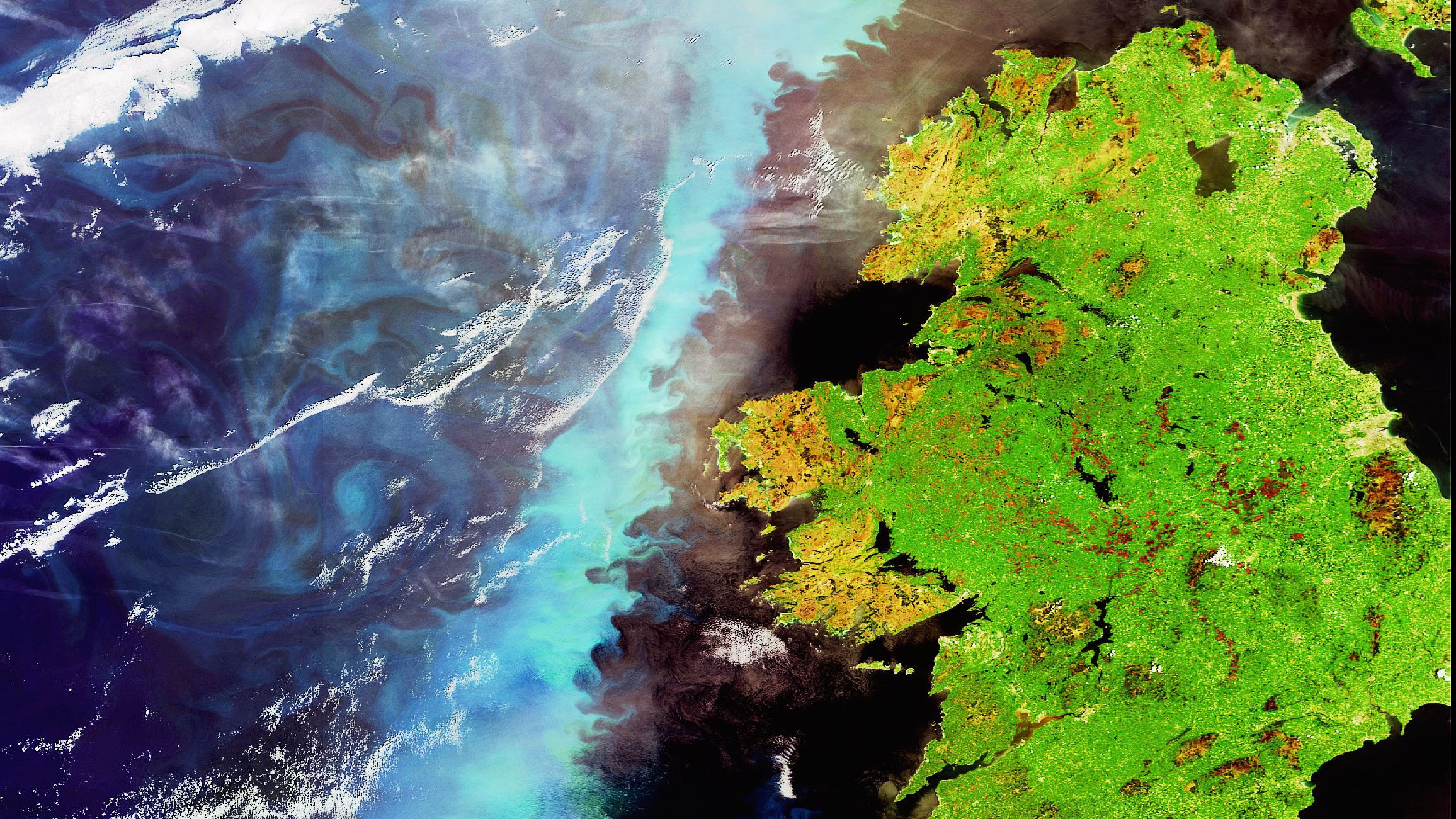
Those two slaves had been from Ireland – a place that was once thought to be the world’s most westerly piece of land. The discovery of Iceland later disproved this theory, but Irish people were nonetheless known as “Westmen.” Yes, that’s the grim truth behind how the islands got their collective name.
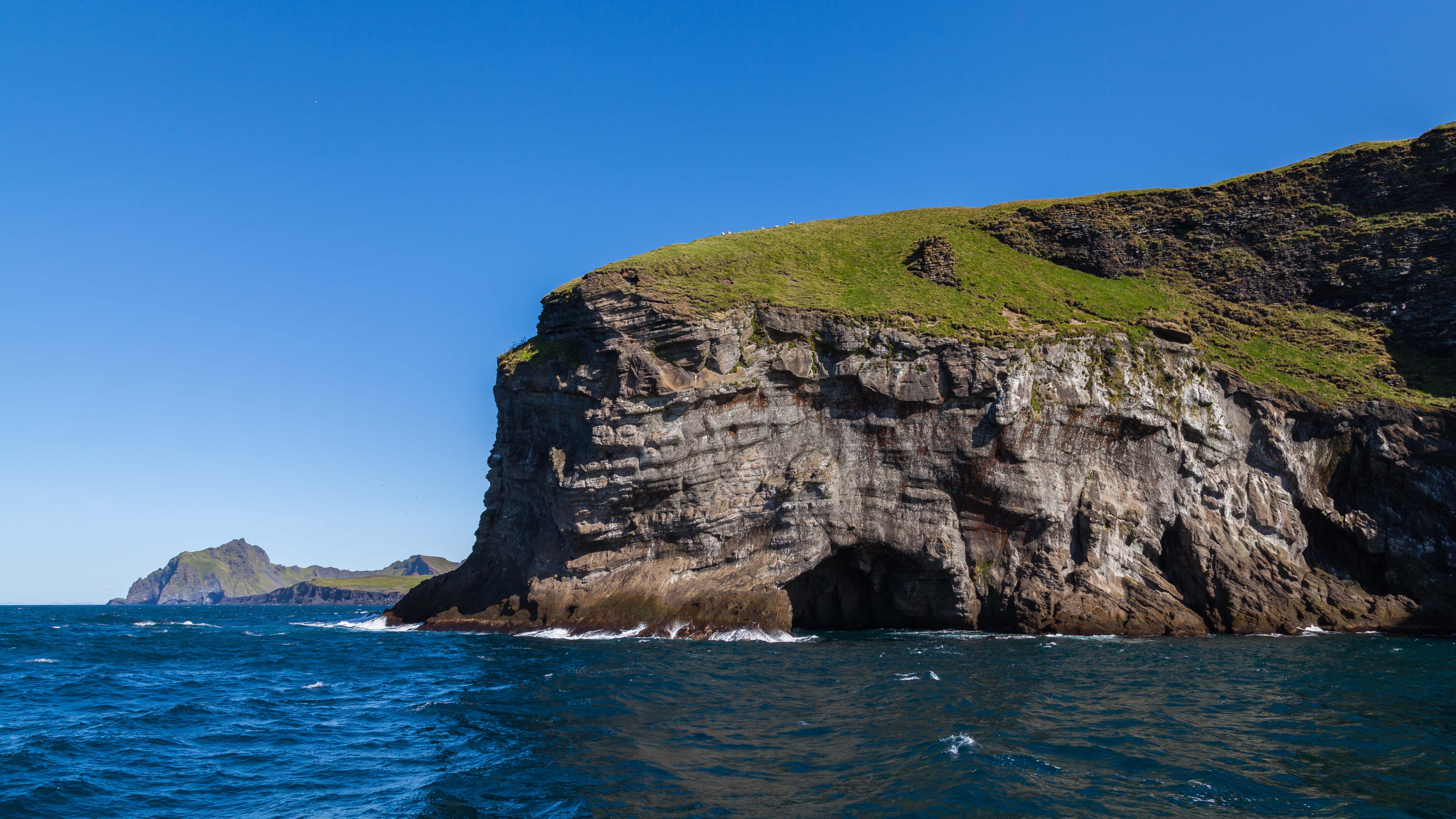
Ultimately, though, more people flocked to this part of the world. The island of Heimaey – the biggest in the chain – even saw a population begin to develop. There was plenty of food here, you see – especially if you liked to munch on puffin. But despite its remote location, Heimaey wasn’t immune from marauders. In 1627 the island was plundered by Algerian pirates, who wreaked havoc and took prisoners.
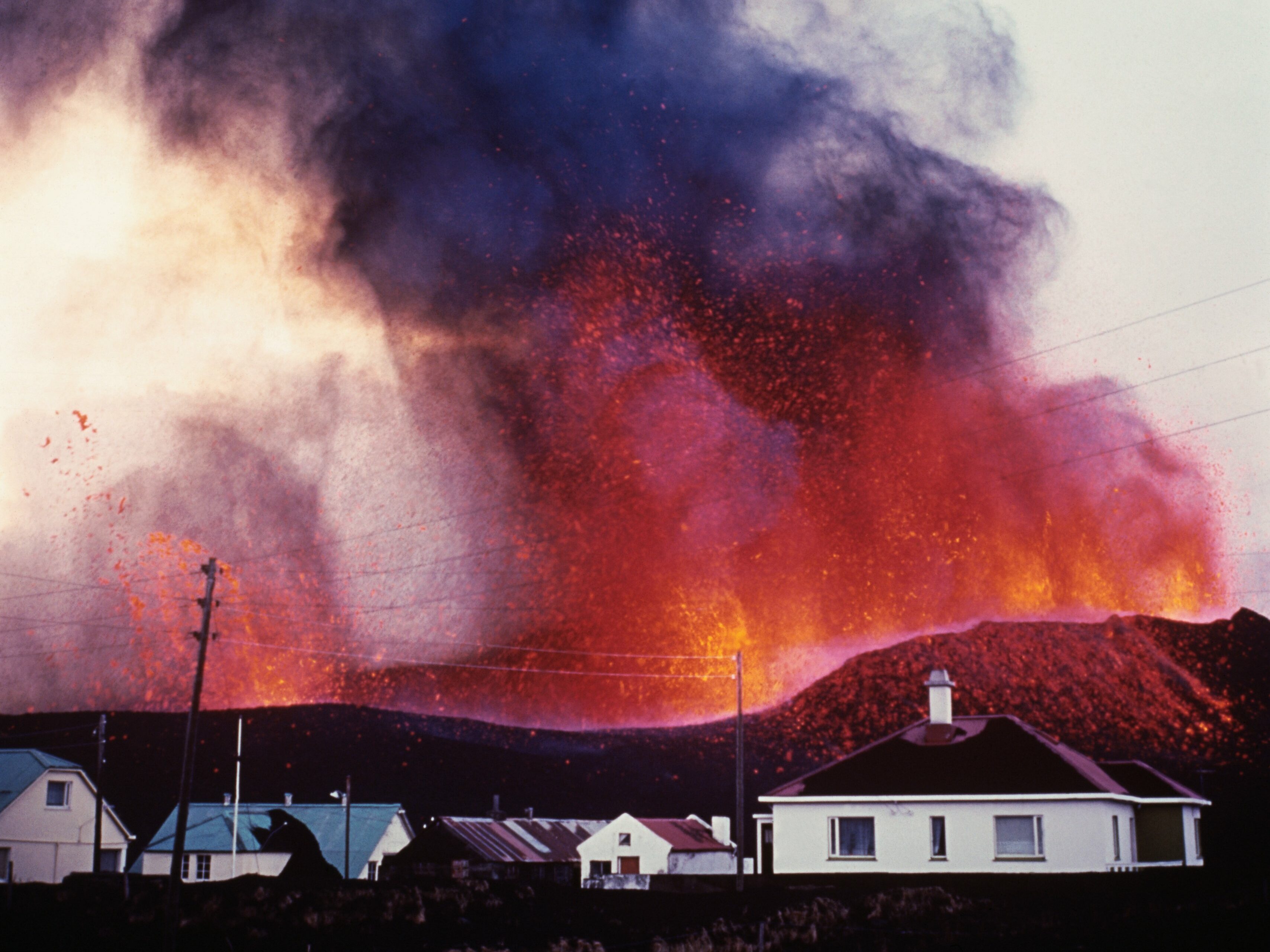
The invasion was yet another dark chapter in the history of the Westman Islands. But life in the archipelago soon settled down again. People thrived, too, as the centuries passed and they became more connected to the mainland. But in a flash, it was all change. Without warning, a previously unnoticed volcano erupted to life on Heimaey in 1973.
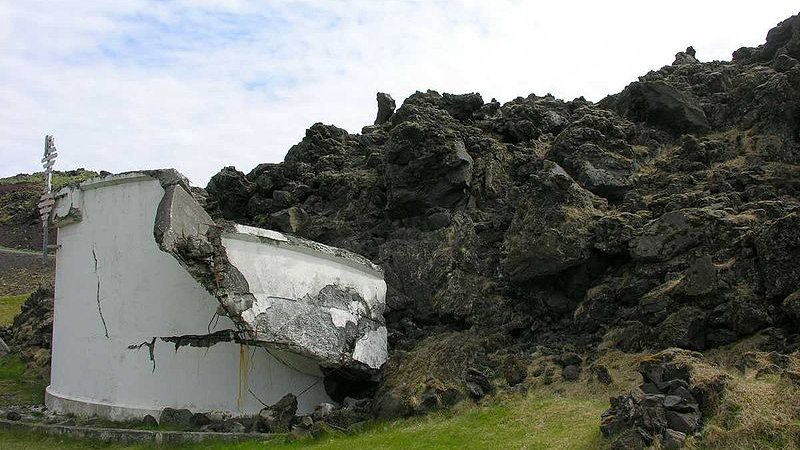
Molten hot lava and toxic chemicals spewed forth from the volcano and spread all over Heimaey. That could have spelled disaster for the island, but luckily a plan had already been put in place for such emergencies. And it seemed to work! Thankfully, not a single person was killed by the eruption.
Advertisements
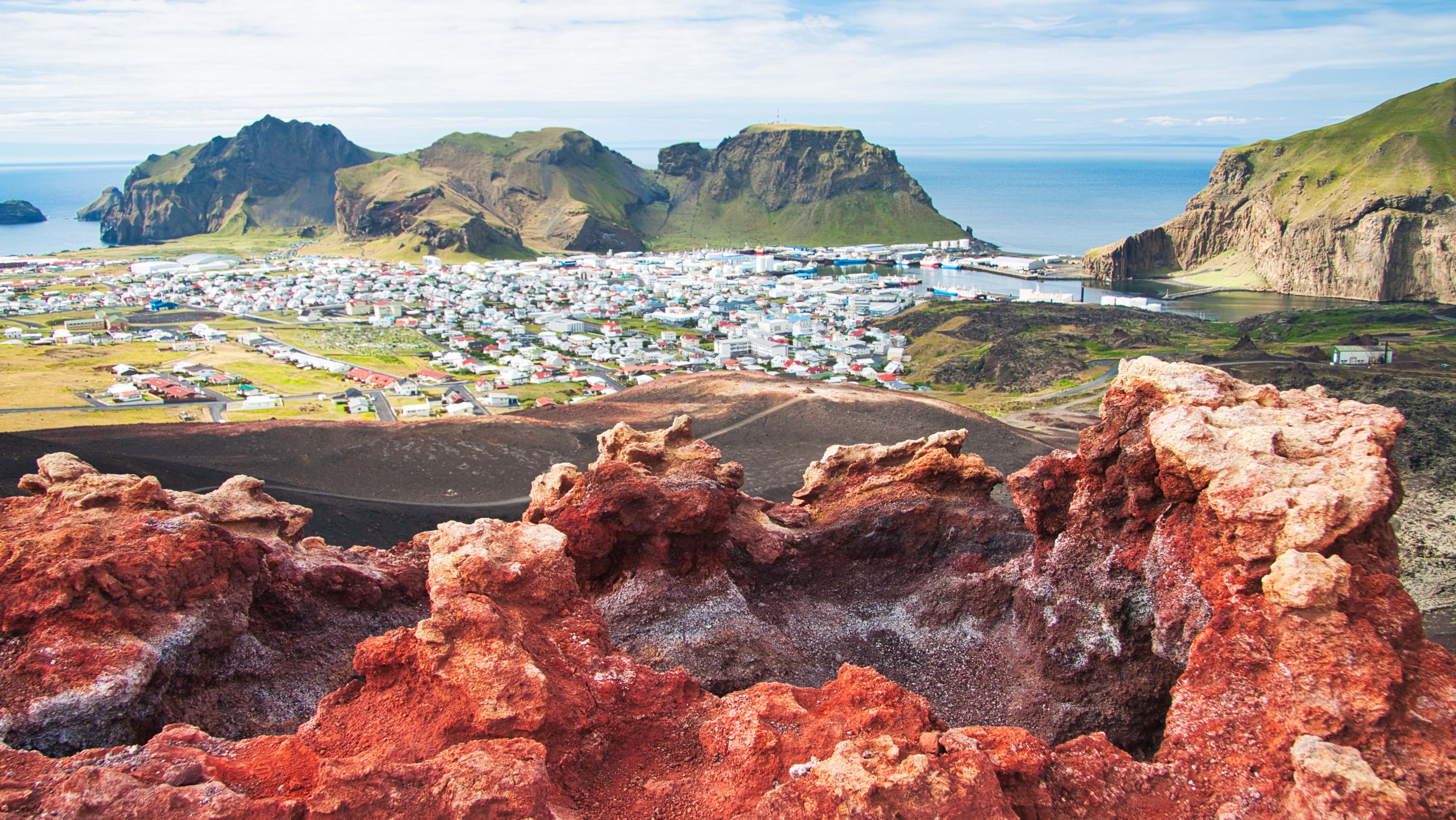
Mind you, it’s not like the eruption was harmless. Although the residents of the island had been able to leave, their homes were still there and needed protection. So, in yet another clever scheme, the authorities pumped seawater onto the lava. This cooled it down and even helped to steer its flow away from the houses.
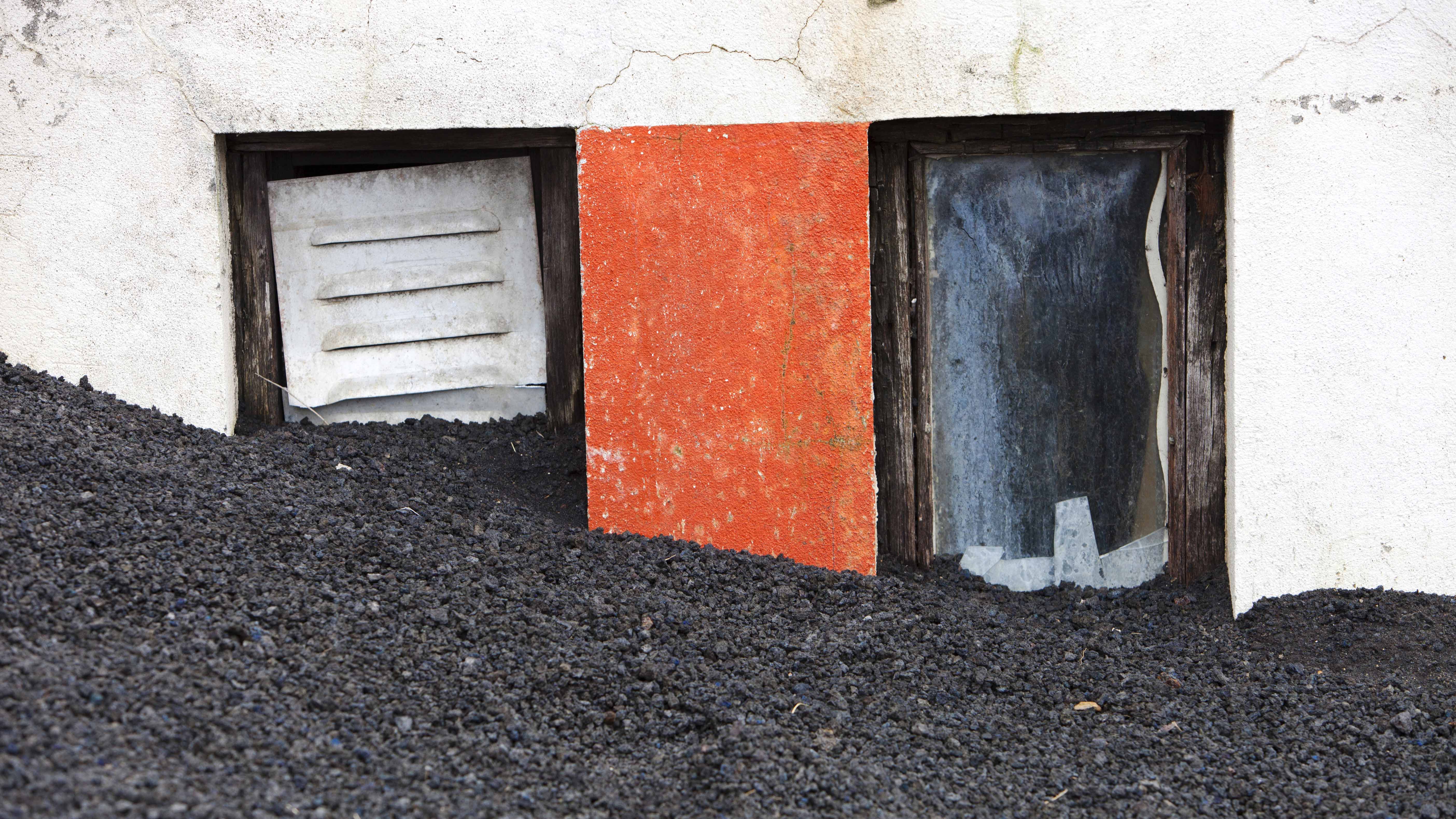
The plan wasn’t foolproof. Reportedly, around 20 percent of Heimaey’s buildings were wiped out by the eruption. Approximately 15 percent of the people left for good, too. But there was at least one surprising benefit of the disaster. All the lava that’d been released eventually cooled and created new land. The volcano itself even became a tourist attraction!
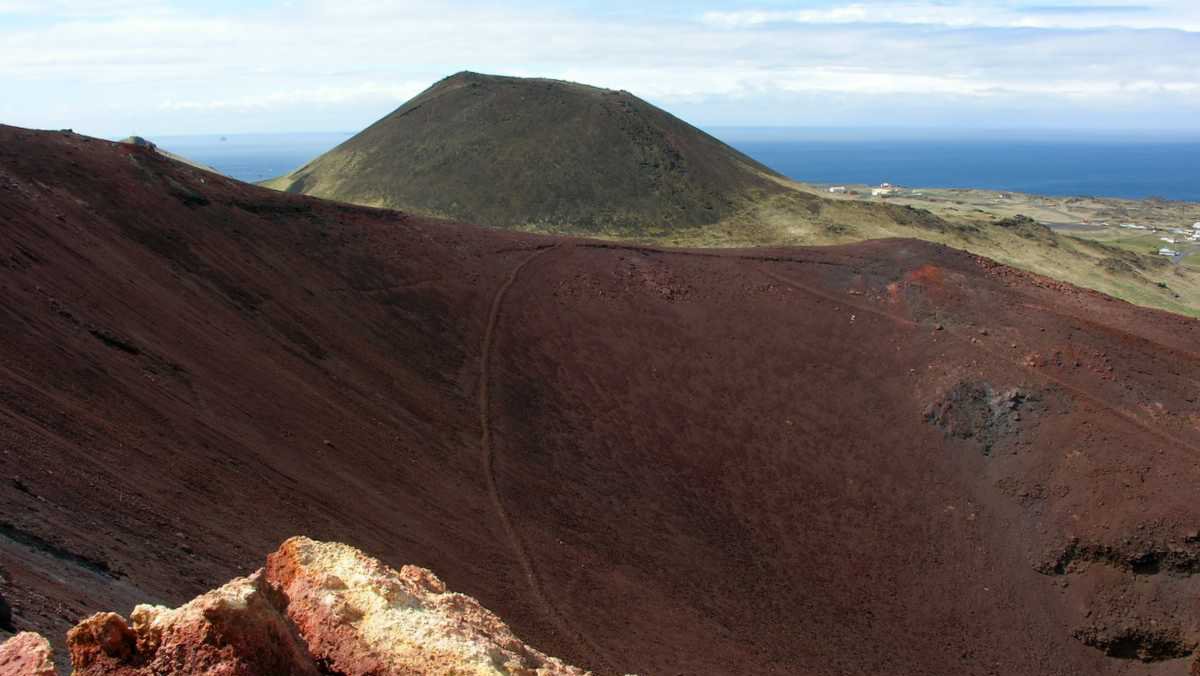
And in more recent times, the islands have retained their status as a tourist hotspot. The volcano is naturally a big draw, and the crater that emerged in the wake of the eruption is now open to curious visitors from across the planet. But we shouldn’t discount the vibrant nature there. This, too, brings in people in their droves.
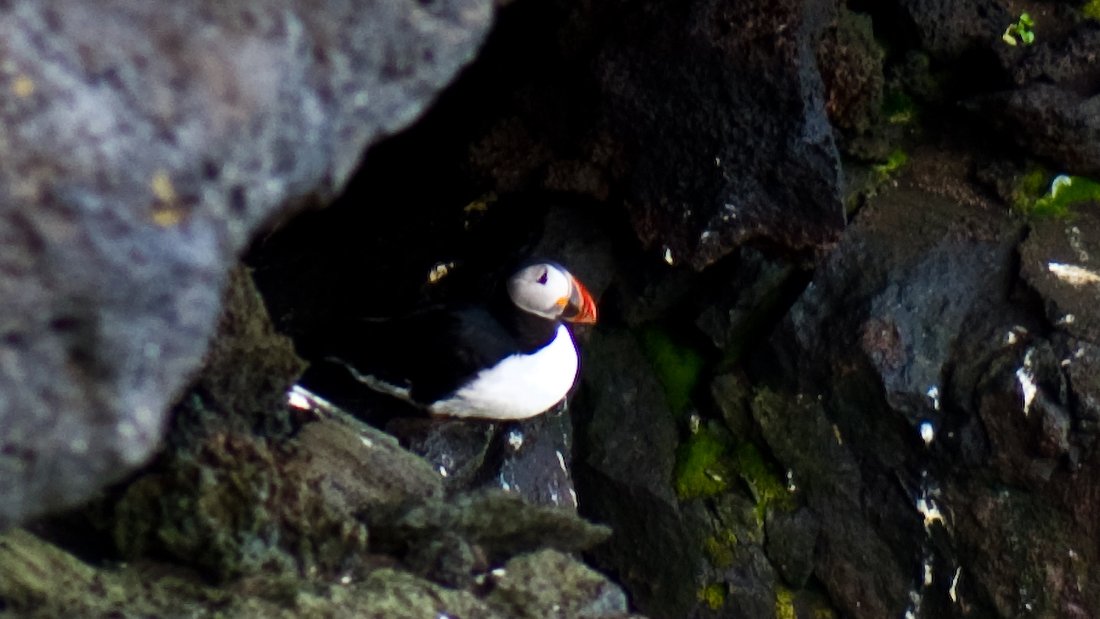
In particular, puffin-watching is a big activity throughout the Westman Islands. These charming birds show up across Iceland and the nearby archipelago in huge numbers during the warmer months of the year. And you can see them perching along the rocks and sea stacks – ready to dive into the water for a tasty fish or two.
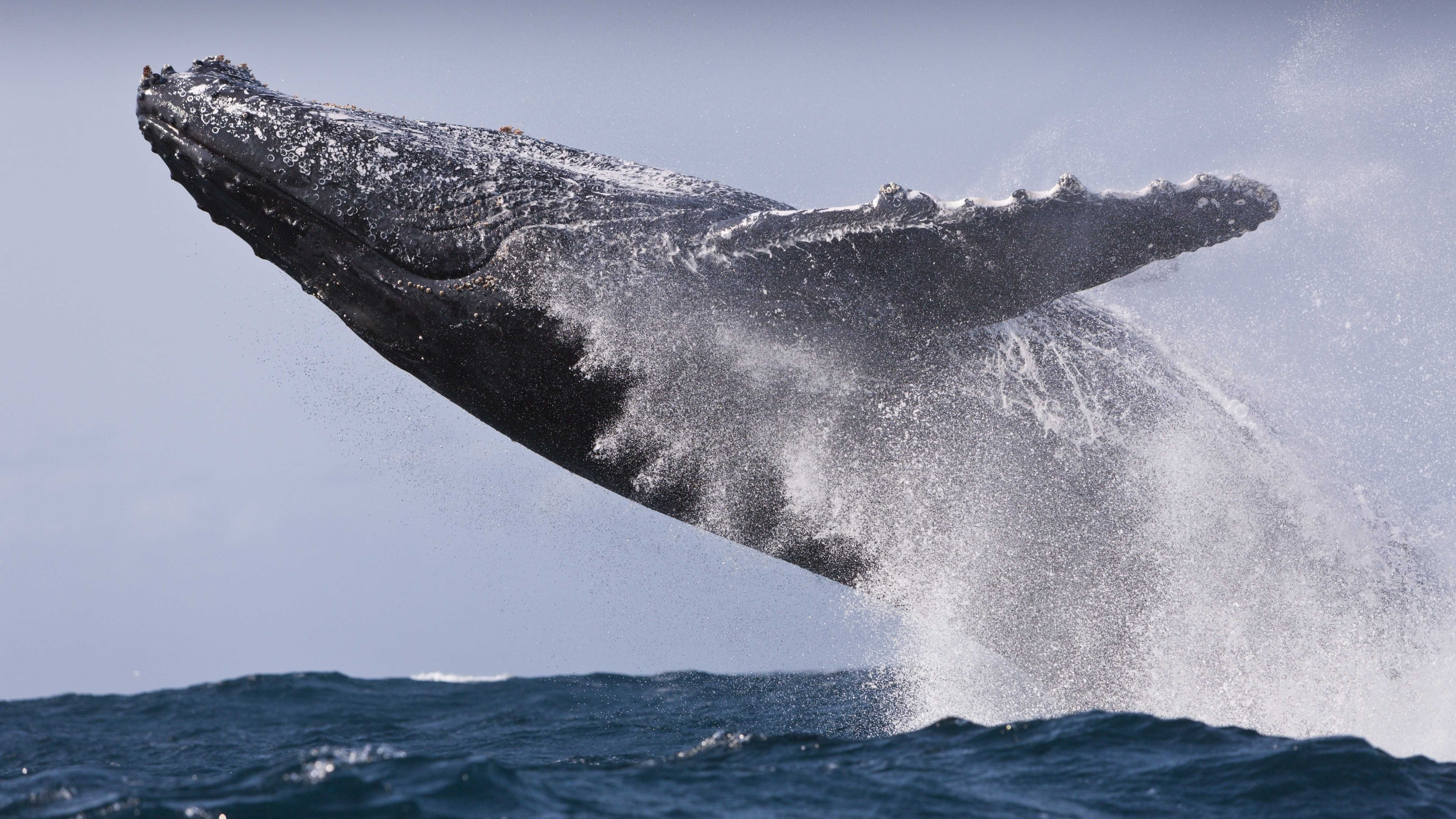
Many other species of bird make the Westman Islands their home, but puffins are far and away in the majority. And don’t think the waters here are barren. Quite the opposite, in fact! If you’re lucky, you can spot some of the biggest sea creatures on Earth here – including orcas, humpbacks and fin whales.
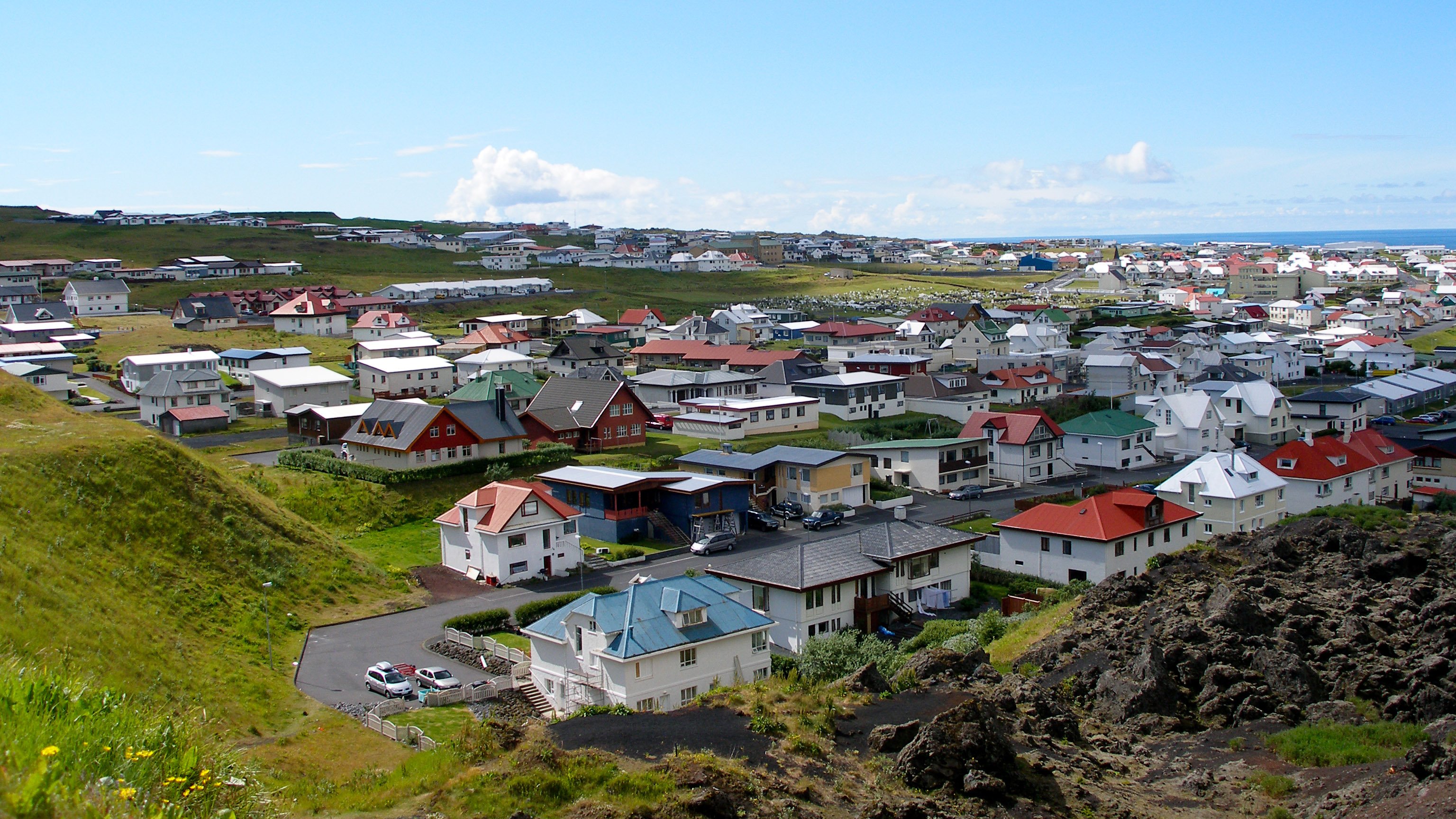
Perhaps, then, there are more animals than people on the Westman Islands. As we mentioned, Heimaey is the only landmass here with permanent residents, while the others only ever host tourists. And that takes us back to the mysterious house on Elliðaey. What do we actually know about it?
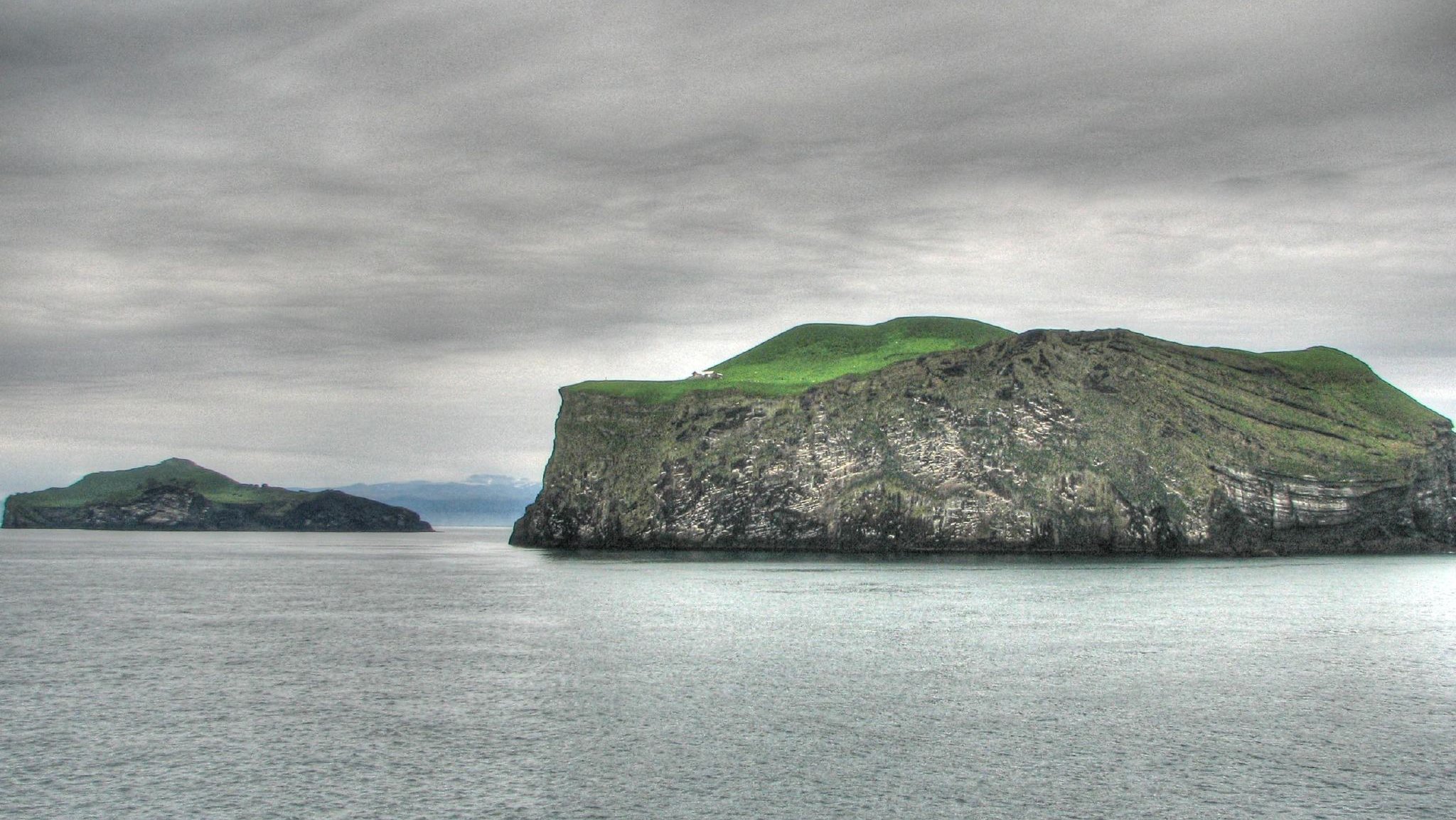
Well, apparently, Elliðaey wasn’t always devoid of human inhabitants. Back in around the 18th century, five different families are said to have lived there. They survived through farming, fishing and hunting birds. So, the house must have been built by those people, right? Well, no, as they actually set up in huts.
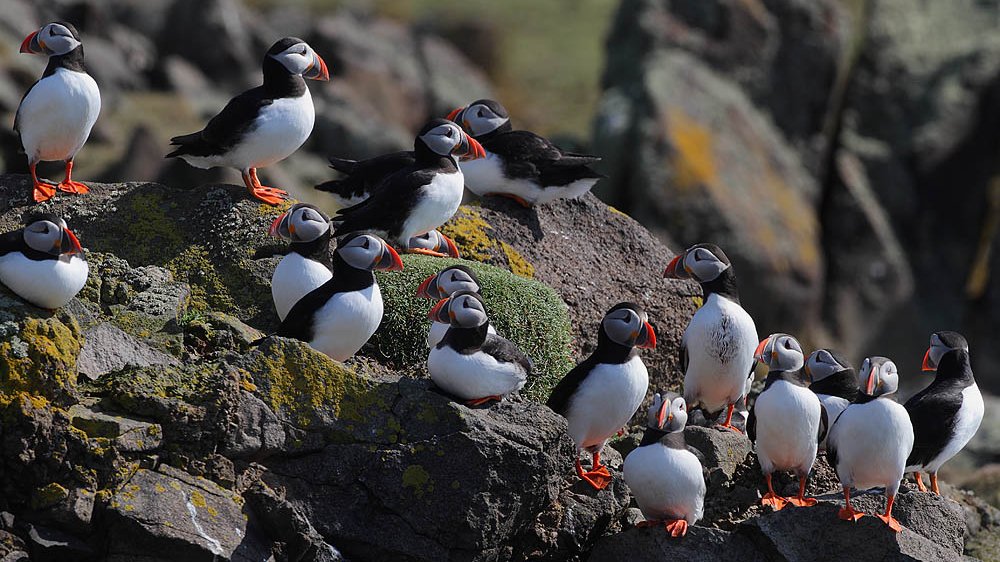
Oh, and the families had also supposedly abandoned the island at some point in the 1930s. They may have decided that better opportunities lay elsewhere – despite the abundant supply of puffins on Elliðaey. Perhaps they just wanted to switch up their dinner options?
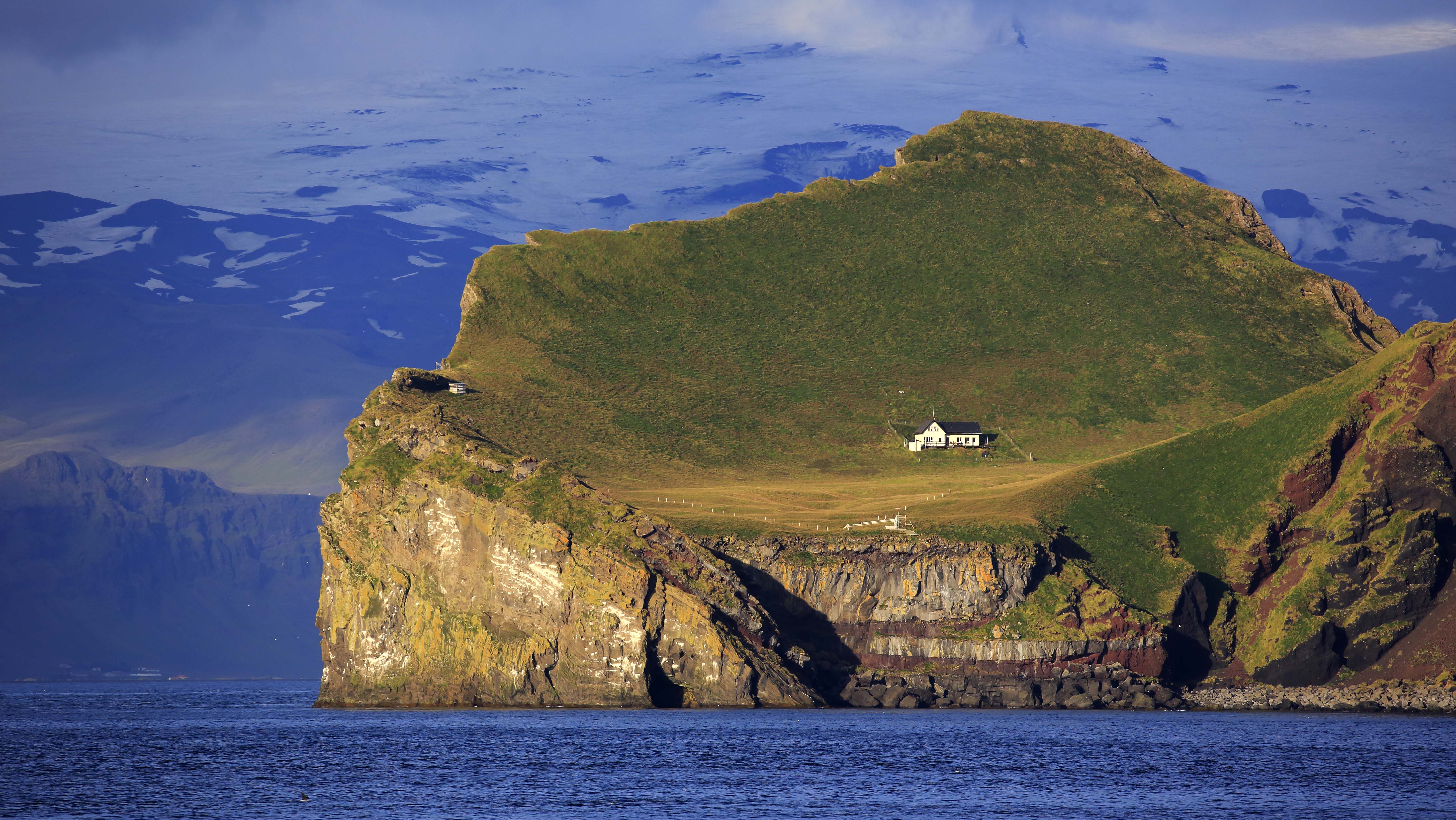
In any case, it looks like nobody has lived on the island since then. That makes it much harder to determine some of the key facts about the house – including who actually constructed it in the first place. And while plenty of theories have put forward to answer these questions, some scenarios seem a lot more plausible than others.
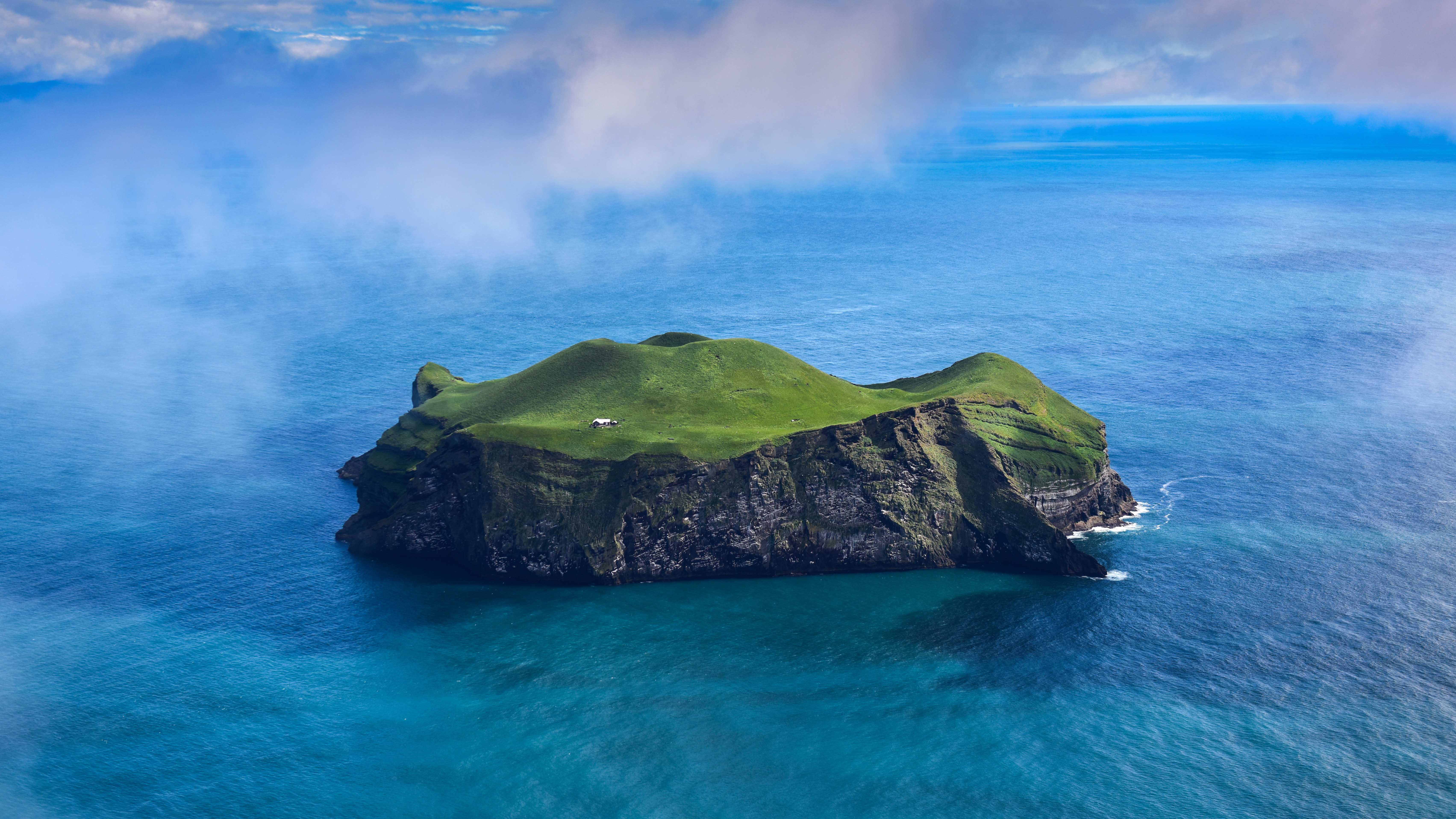
There’s one theory that, on the face of it, sounds completely crazy. Basically, it’s said, the house on Elliðaey was built by a billionaire. That’s not beyond the realms of possibility, sure, but wait for it. The reason why the super-rich guy wanted the house? So he’d have a safe place to go if zombies took over the world. Yes, zombies!
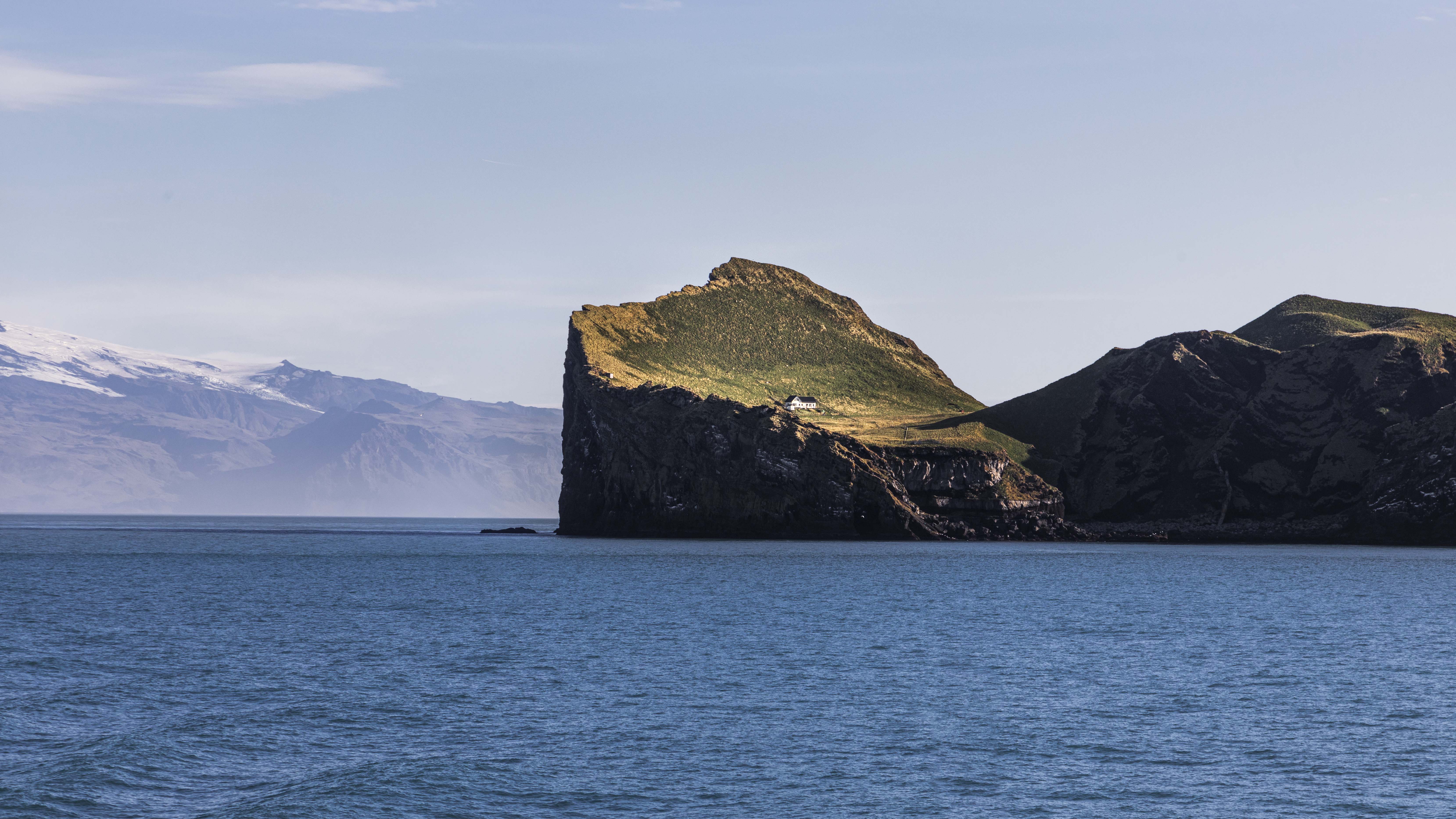
Advertisements
Another hypothesis is that the isolated home was constructed for a religious hermit. They’d certainly get plenty of solitude. And then there are those who have said the place isn’t really there at all. Well, while the house may look as though it’s a neat Photoshop job, we’ll let you in on a secret: it really does exist.


